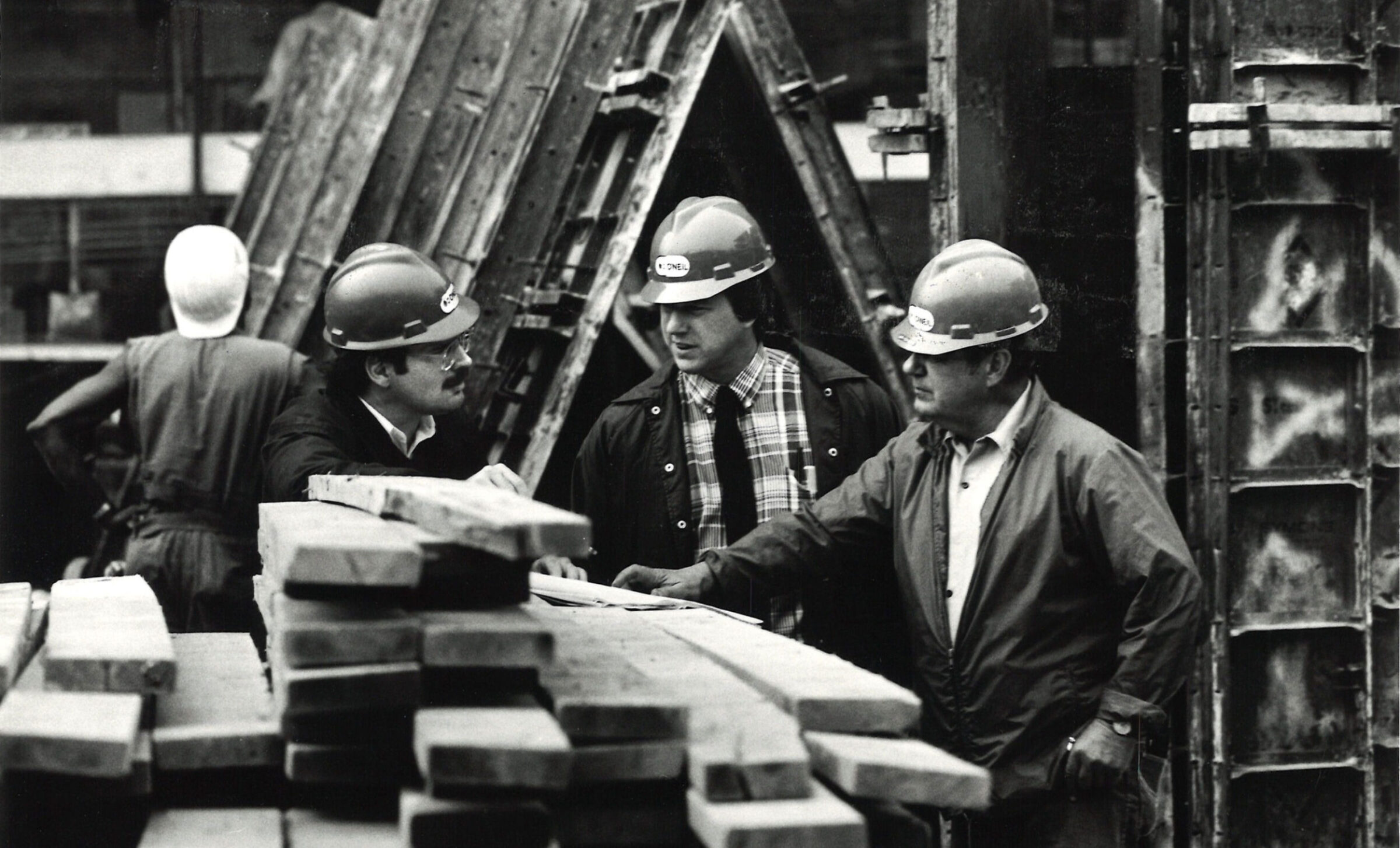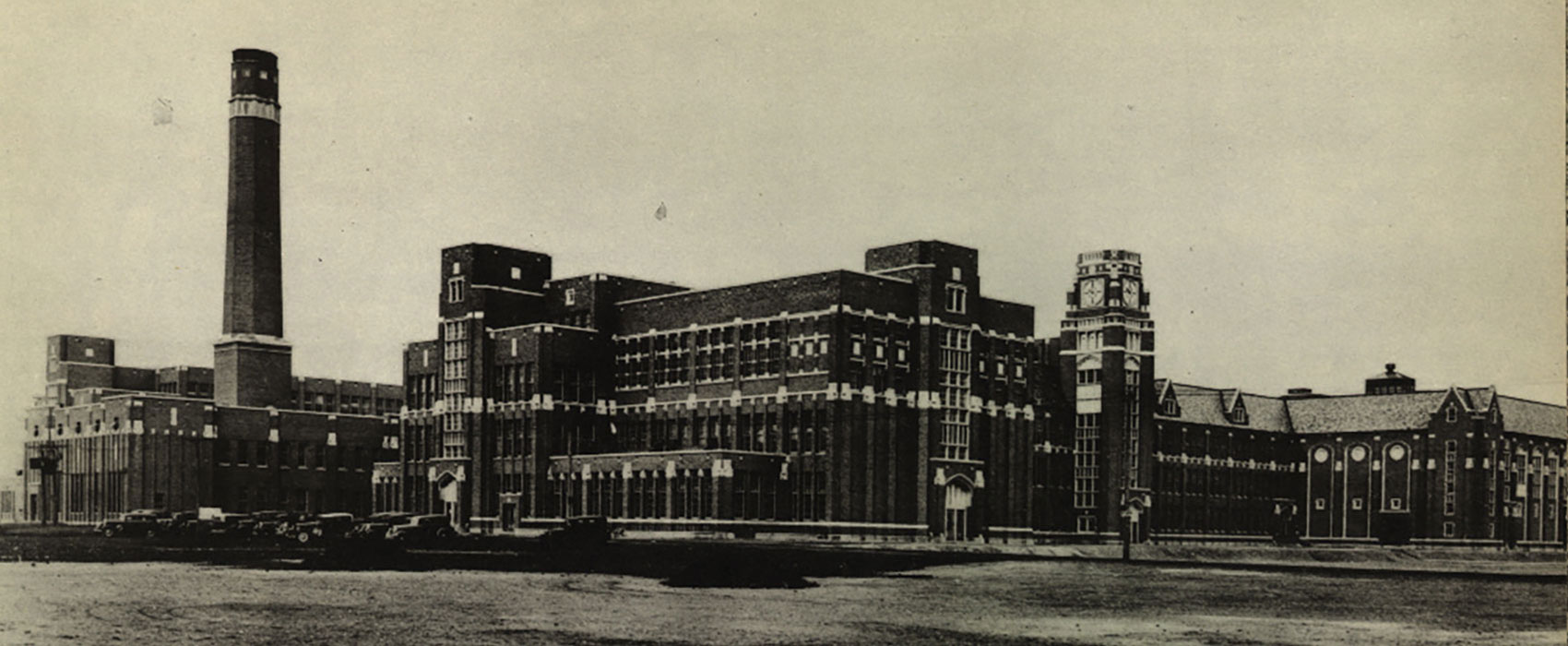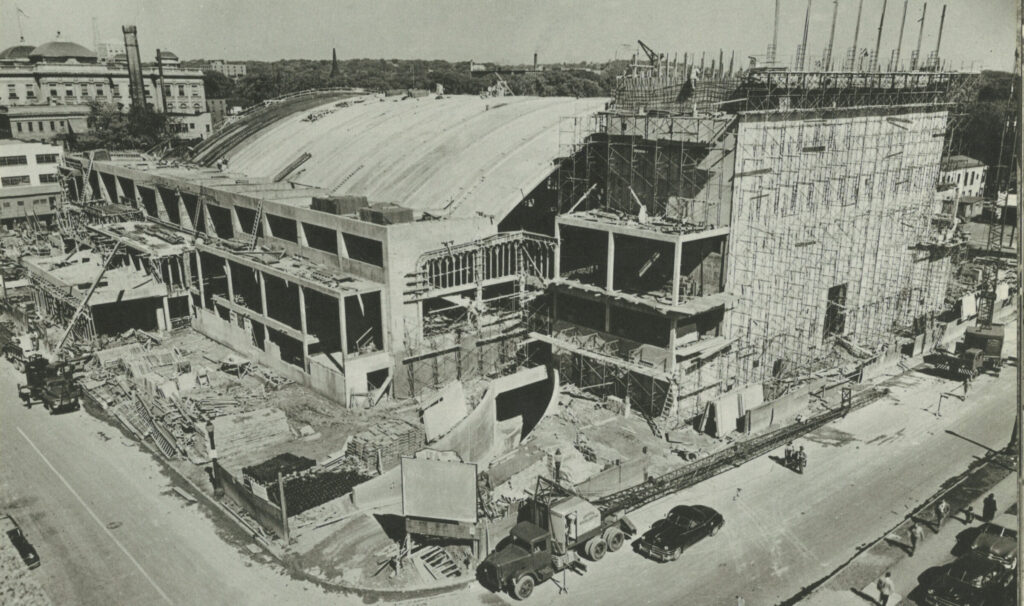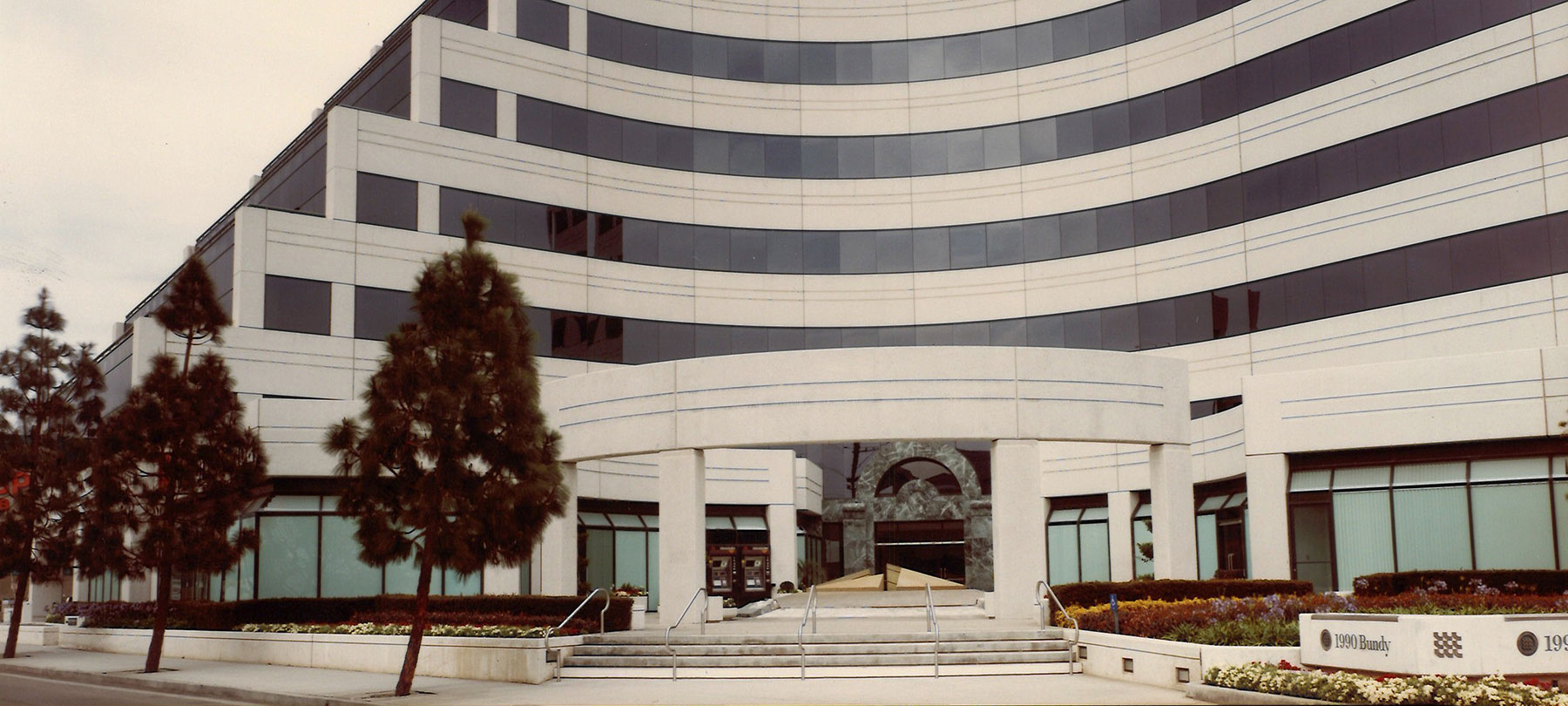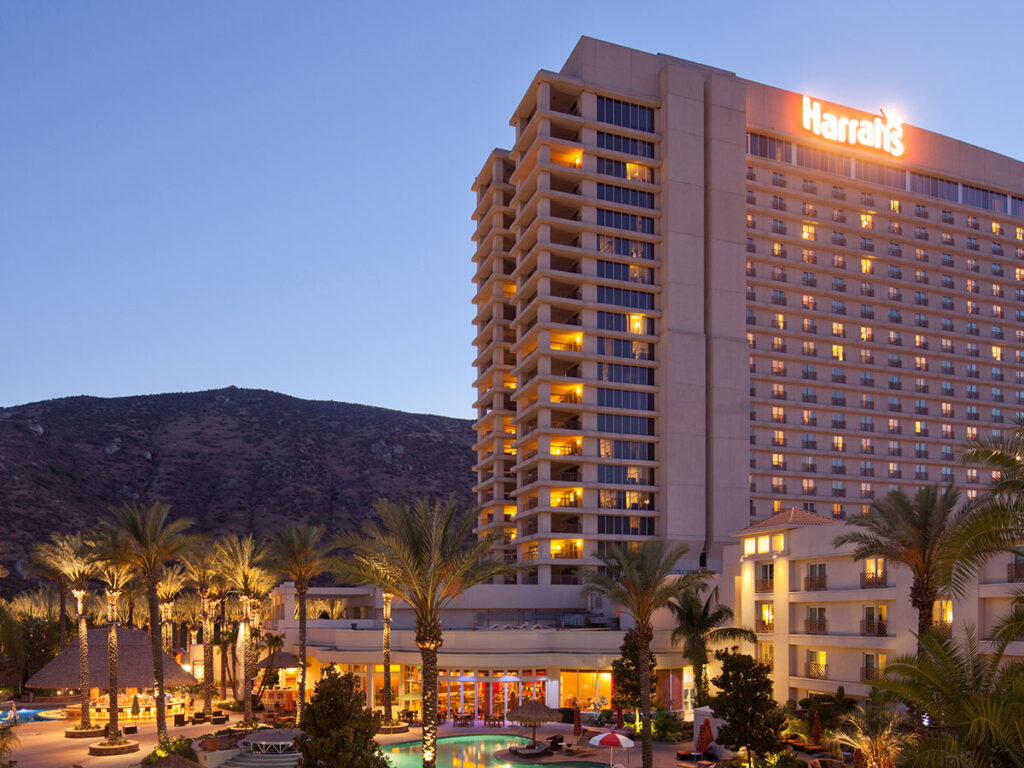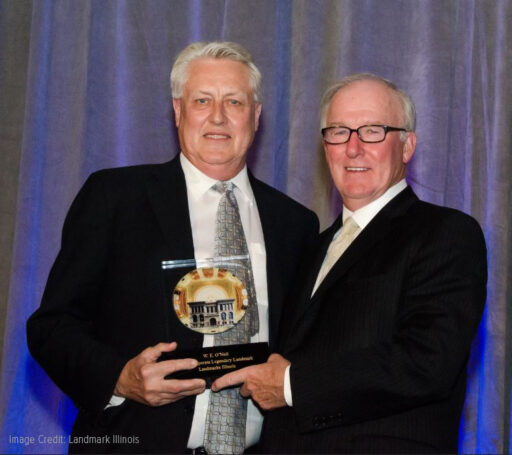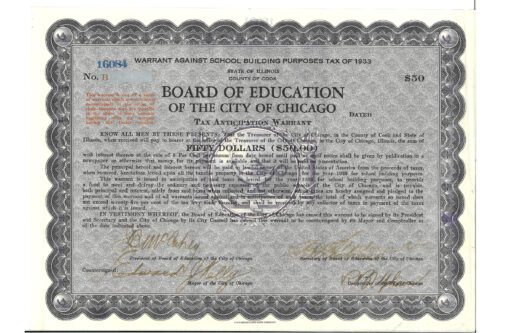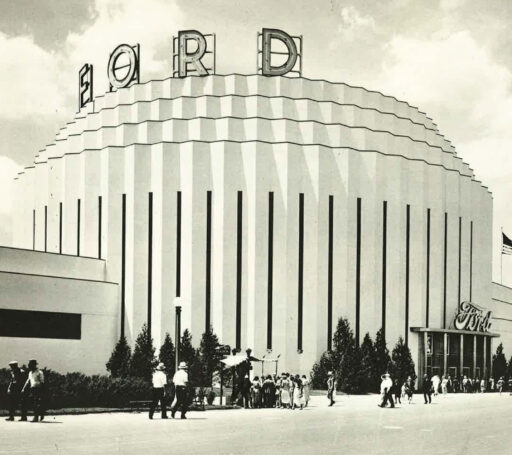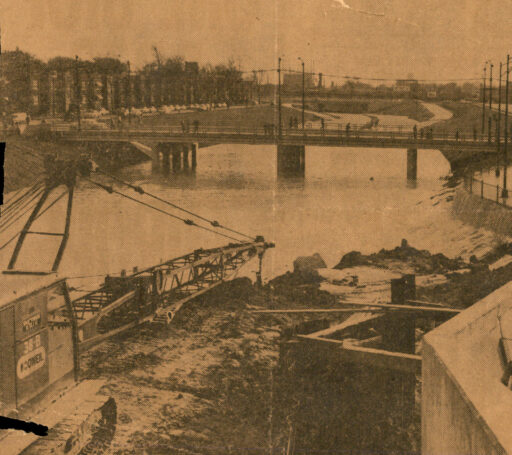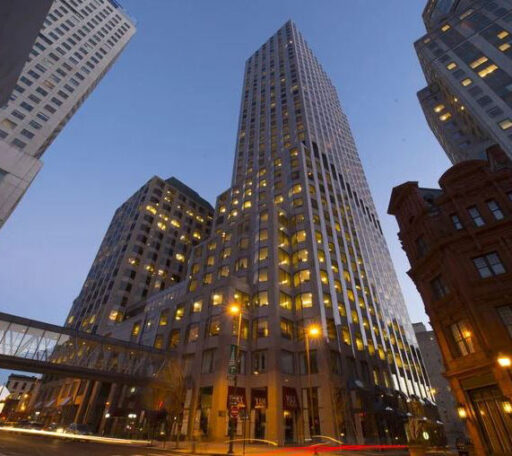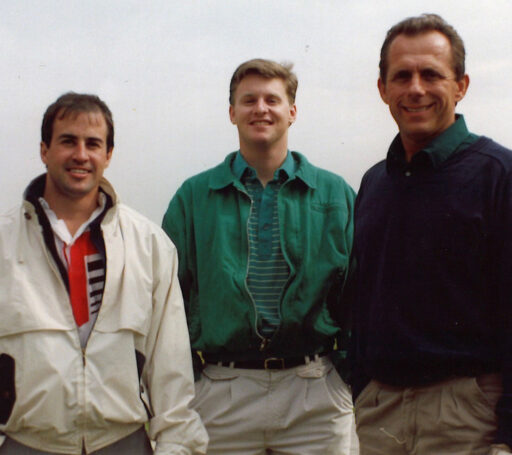Early Expansion
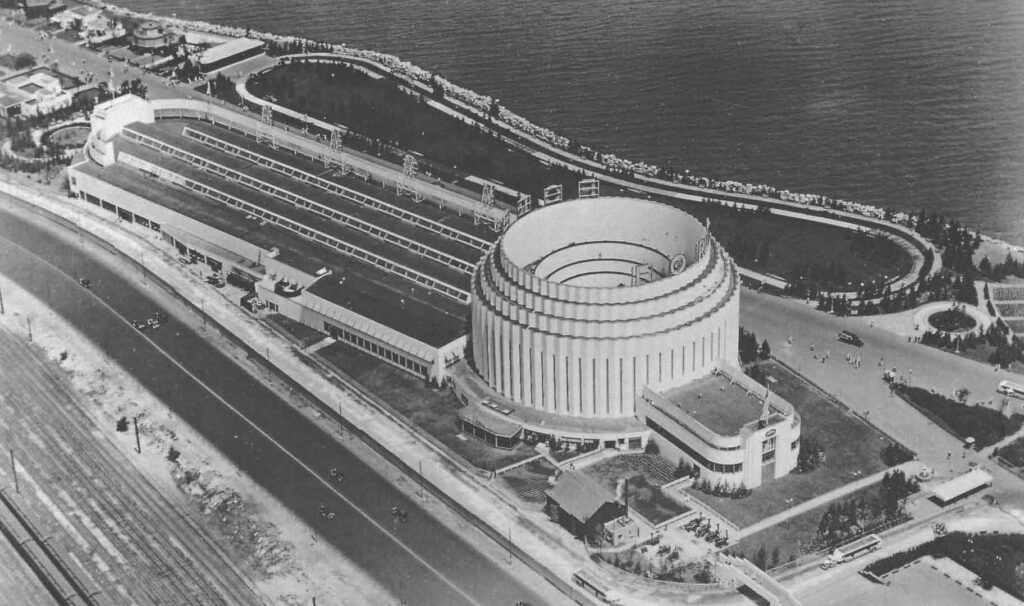
Staying Afloat During the Depression
In the early days, W.E. O’Neil’s expansion wasn’t about growth—it was about survival. With the country in the throes of the Great Depression, the company pivoted, securing public works contracts in new markets like New York, Massachusetts, Maryland, and Washington D.C. These projects were essential to keeping the company intact and laid the groundwork for future geographic expansion.

